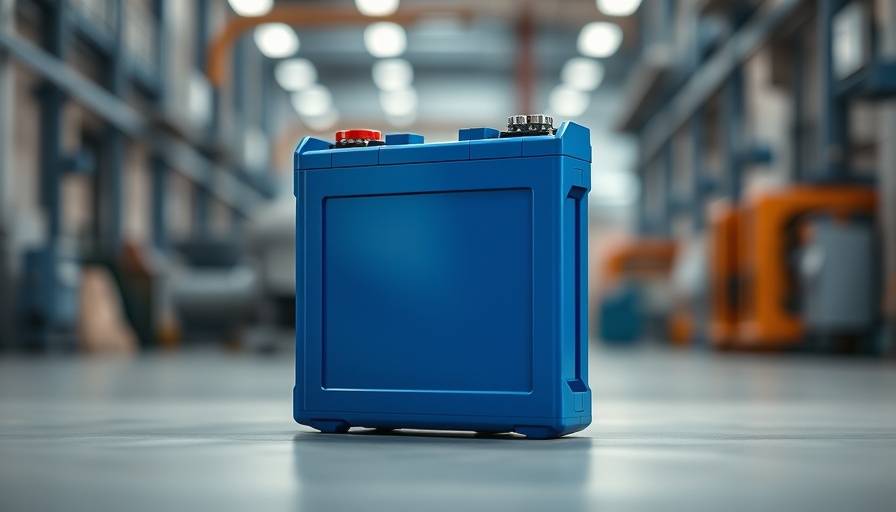
Natron's Closure: A Warning Sign for U.S. Battery Manufacturing
This week marked a significant shift in the landscape of American battery manufacturing as Natron, a sodium-ion battery startup, ceased operations after 12 years of attempts to bring its technology to market. The company had secured $25 million in orders for its planned Michigan factory but was unable to deliver due to delays in obtaining necessary UL certification. This failure is emblematic of the challenges facing the U.S. battery industry, particularly as it grapples with regulatory hurdles and the need for a stable industrial policy.
The Crucial Role of Certification in Tech Startups
Natron's struggle underscores a vital issue for startups: the lengthy and complex certification processes that companies must navigate. UL certification, required to ensure safety and performance standards, can take months to secure, leaving startups in precarious financial positions, especially if investors hesitate to provide additional funding during uncertain times. As seen in Natron's case, the inability to break through these bureaucratic barriers can lead to devastating results, not just for companies but for the workers and communities they aim to support.
Sodium-Ion Batteries: Hope vs. Market Reality
Sodium-ion batteries promise potential cost advantages over their lithium-ion counterparts due to the abundant availability of sodium. Yet, recent price fluctuations in the lithium market—where lithium carbonate prices have plummeted by 90% over the last two years—have hampered sodium-ion's competitive edge. Companies like Natron must confront the reality that even with innovative technology, market conditions can shift dramatically, often leaving them at a disadvantage against more established players.
Global Trends in Battery Manufacturing: A Cautionary Tale
The challenges facing U.S. operations like Natron are not isolated. Similar situations unfolded recently, as Oregon's Powin filed for Chapter 11 bankruptcy after struggling to source lithium-iron-phosphate cells domestically—critical components needed for grid-scale batteries. Furthermore, the collapse of Northvolt, once considered Europe's best chance at establishing a homegrown battery industry, illustrates the inherent difficulties in scaling battery production outside of Asia. With battery giants in Asia having cultivated extensive supply chains and manufacturing expertise over decades, newer entrants often find the path riddled with obstacles.
Future Predictions: What Lies Ahead for U.S. Battery Manufacturing
Looking forward, the situation demands urgent attention. If the U.S. wishes to foster homegrown battery companies capable of competing with established Asian manufacturers, it may require a significant shift in government support. Policymakers need to consider consistent and long-term strategies that prioritize not just certifications but also streamlined pathways for funding and technological development. Without this, start-ups will continue to struggle, stalling any chances of creating a robust domestic battery industry.
Takeaways: The Imperative Need for Cohesive Support
The closure of Natron should serve as a wake-up call about the precarious state of American battery manufacturing. As the industry looks to future innovations, fostering a conducive environment—characterized by stable policies, timely certification processes, and adequate investment—is imperative. The lessons from Natron can guide future efforts and hopefully lead the U.S. toward a sustainable battery manufacturing ecosystem.
 Add Row
Add Row  Add
Add 




Write A Comment